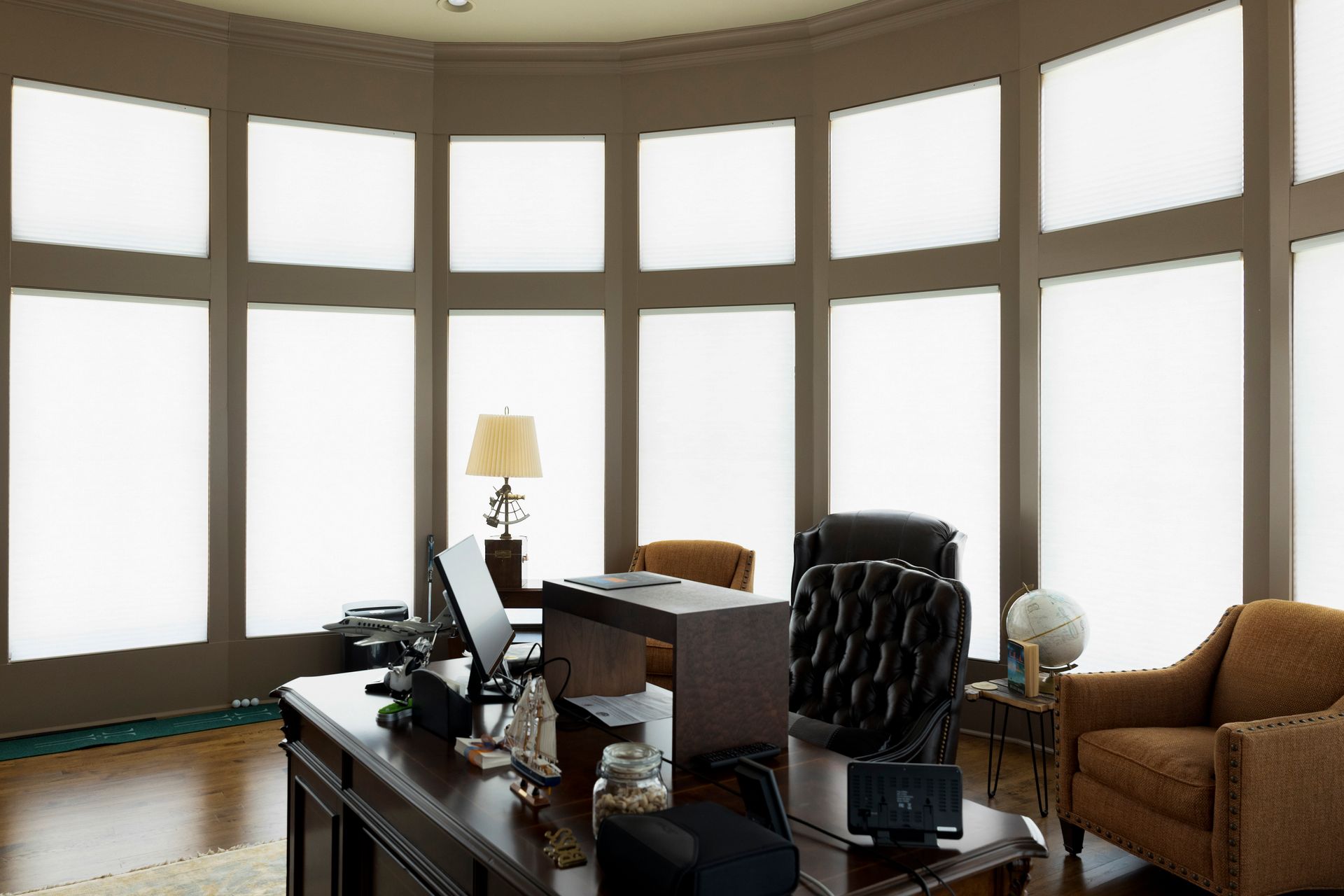Springtime is near. Which means its a good time to give your home that much needed refresh. Deep-cleaning is essential to your wellness and health. We have put together a list of ten spring cleaning tips to make your life easier.
1. Use white vinegar to clean shower head buildup.
This will help you have a sparkling clean shower head. It is also completely non-toxic. You will be glad you tried this technique.
2. Remove water stains from your faucet with lemon juice.
Rub a lemon half on the water stains. The citric acid will remove the stains. The faucet will be sparkling when you are finished.
3. Organize your fridge and cabinets with rotating turntables.
Most people only use them to store spices. However, these are quite useful in pantries and refrigerators as well. You might want to consider using them for these purposes if you have emptied one after sorting through your spices. It really is an excellent way to organize your items.
4. Clean your grill with an onion.
Heat up your grill and spray some white vinegar on it. This will loosen up the residue. After you do that, scrub the area with half of an onion. The acid from the onion will do wonders. You can finally grill up some steak for your family.
5. Clean your microwave by heating lemon juice and rinds in water.
Use a lemon half. Squeeze lemon juice into half a cup of water and drop the rinds into it. Set the timer on your microwave for three minutes. After it beeps, leave the door closed for an additional five minutes. When you open it up, a quick clean will do the trick and you will not have to work as hard.
6. Clean stainless steel sinks with baking soda.
Wet your sink and faucet, pour on baking soda, and wipe it with a sponge. This should leave your sink looking like new. If you have major residue and grime, add a pinch of salt to the baking soda. This will help you get rid of more intense griminess. There is nothing like a sink that looks brand new, even after many years of use.
7. Use newspaper to clean dirty windows and mirrors.
Fill a spray bottle with a quarter cup of white vinegar, two cups of water, and two tablespoons of liquid soap. Spray it onto your windows and mirrors and then scrub with a newspaper. The glass will be streak-free. It will be so nice to have completely clean windows and not have to wash them over and over again in an attempt to get rid of the streaks. This tip really is a lifesaver.
8. Use a window squeegee to scrape pet hair from your carpet or rug.
Pets are our best friends, but they can also be extremely messy, especially if they shed. You can use the rubber edge of this tool to remove pet hair from your rugs. You should have a firm grip and vacuum after you finish just to be thorough.
9. Declutter one space at a time.
Start with your closet. Then work on the fridge. Then work on the kitchen. Decluttering one space at a time will help you be more thorough.
10. Organize and Freshen Up
Once you’ve cleared out the clutter, give your home a little pick me up.
- Add some decorative pillows and throw blankets to spice up any space from living room to bedroom.
- Place flowers or plants around the room for an oxygen boost and a pop of color.
- Window treatments can be a great compliment to any room be it new blinds to curtains Just Blinds Inc. can help you brighten up any newly cleaned space.
Expert Advice by Just Blinds


